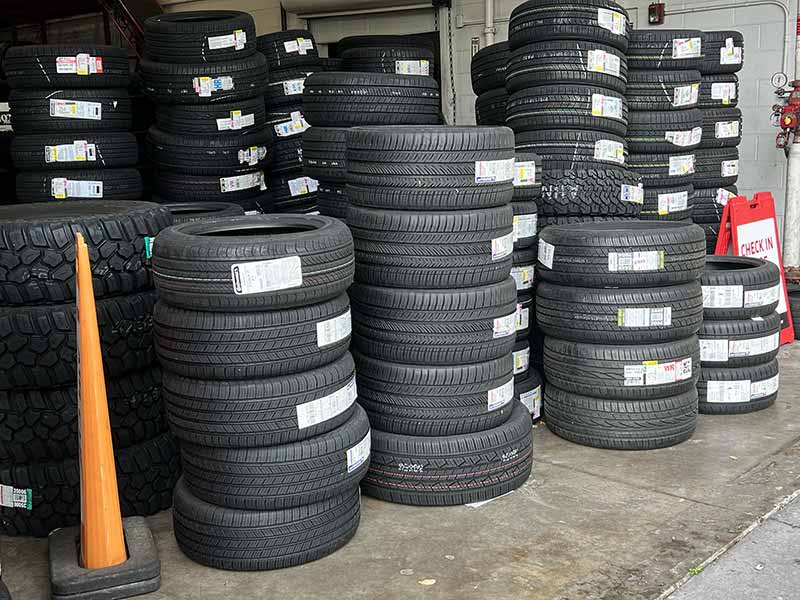Different types of tires will last for differing amounts of miles. Even expensive sports car tires usually only last 30,000 miles or so. Tire wear is only one of many factors that determine the overall quality of a tire and how much it will cost.
How Many Miles Do Cheap Tires Last?
Often, less expensive tires last just as long as expensive tires which is 50,000 to 60,000 miles typically.
Cheap tires will often have other disadvantages, such as noise, inferior wet or dry performance, or a harsher and less comfortable ride than a more expensive tire.
Cheap tires don’t necessarily mean they are bad tires. For instance, a less expensive tire may have more road noise or ride a bit harsher, but last as long or even longer than a more expensive option.
Let’s take a closer look.
Tire Life Chart
Tire Life Calculator
How Many Miles Do Expensive Tires Last?
In general, most tires last longer if they’re more expensive. It’s one of the features of a tire that affects how much it cost.
In some cases, expensive tires may not last any longer than inexpensive tires. They may perform better, and ride quieter and more smoothly than a comparable cheaper tire.
Most tire manufacturers offer a tire warranty that will guarantee your tires last a certain amount of miles. This is usually 50,000 to 60,000 miles for the typical all-season tire. High-performance tires last for fewer miles due to the softer rubber compounds used. Performance tires usually only last 30,000 miles or so.
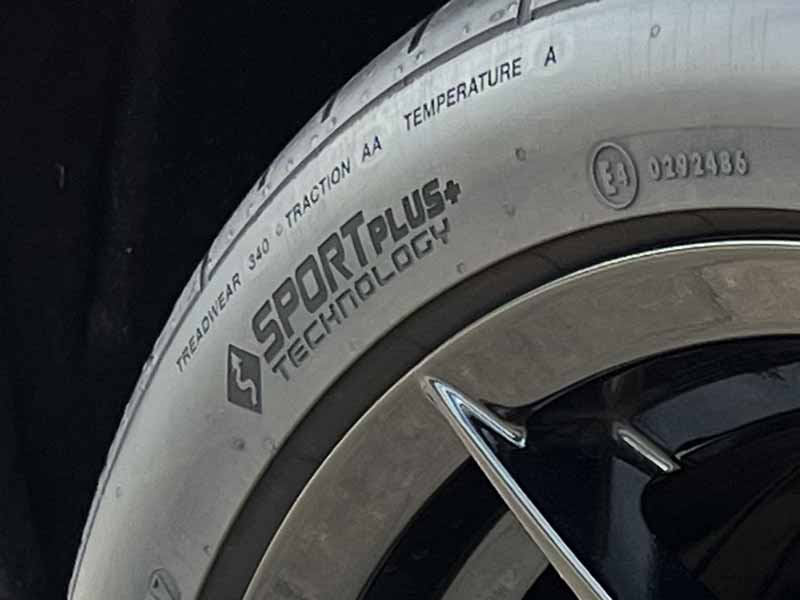
How To Compare Tires
To compare tires properly, you should refer to the Uniform Tire Quality Grading (UTQG) system that most tires are measured against.
UTQG is a set of government-established tests that are designed to compare tires on an even playing field to provide the best apples-to-apples comparison. These tests are old and not as helpful as they could be if I’m honest, but that doesn’t mean they can’t provide some helpful insight.
UTQG measures 3 aspects of tires with a standardized testing procedure:
- Treadwear
- Traction
- Temperature
The UTQG ratings can be found on the sidewall of your current tires or listed in the description of the new tires you’re considering.
Treadwear Rating
The UTQG treadwear rating is a measurement of how long tires last when compared to a reference tire when the same test procedure is performed. The reference tire life is a score of 100. Modern tires score much higher than this so you can expect a good treadwear rating to be around 500. The best ratings will be close to 1000.
Many factors affect how long tires will last, but this can give you a reasonable idea of whether one tire will last longer than another.
Traction Rating
The UTQG traction rating is a measurement of traction in wet conditions. The possible scores within this rating scale are:
- AA
- A
- B
- C
Exceptional tires will receive a score of AA. The vast majority of modern tires today will receive a score of A. Tires that can only achieve a B or C rating are quite poor.
Temperature Rating
The UTQG temperature rating is a measurement of how well a tire can handle the heat generated at highway speeds. The possible scores within this rating scale are:
- A
- B
- C
Most modern vehicle tires will achieve an A or B and for this reason, I would recommend sticking with tires that meet one of these scores.
However, unless you’re going to be using your tires at extremely high speeds or know you need a certain speed rating for some reason, even a tire with a score of C will do the job well for a daily commuter.
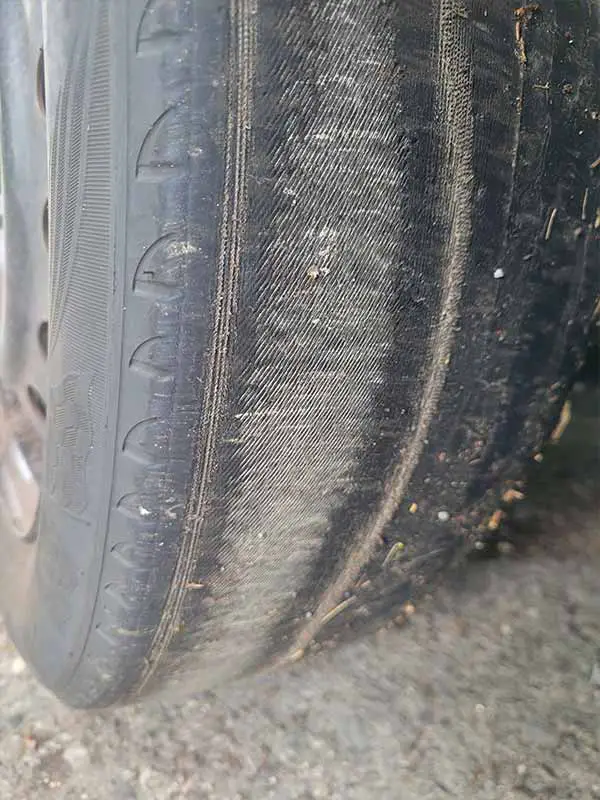
Cheap Vs Expensive Tires
It’s true that you get what you pay for, but that doesn’t mean you can’t get a better value for your money with a less expensive tire.
Are Expensive Tires Worth The Cost?
Premium tires tend to do everything well. They will be quiet, ride smoothly, and last a long time. They’ll stop at shorter distances on wet surfaces and resist hydroplaning better. They can withstand the stresses of higher speeds and grip better in corners.
Budget tires may excel in an area or two, but maybe a bit more mediocre at some other aspects of tire performance.
For instance, they may last a long time, but they may be noisy or have slightly longer stopping distances in wet weather conditions.
Are Cheap Tires Bad?
Cheap tires are not bad, but that doesn’t mean there aren’t some bad tires out there. Unfortunately, reviews of cheaper tires are hard to find due to the fact they are less popular.
I recently purchased a pair of tires due to a puncture that couldn’t be patched and saved quite a bit of money going with a much cheaper tire. The premium OEM tires were four times the cost of the cheaper tires I purchased.
I’ve been happy with my choice and even if they don’t last as long as the more expensive Michelins that came with my car when new, I can buy three more pairs of the same tires before I will spend as much as the OEM tires cost.
They’re a bit louder but otherwise, I haven’t noticed any downsides.
How To Make Tires Last Longer
An aggressive driving style will obviously have a big effect on tire life. Jackrabbit starts, hard cornering, and heavy braking all accelerate tire wear. Trying to tone down your driving habits a bit can make a big difference in how long your tires last.
Proper tire maintenance is the best way to get the most tread life out of your tires, whether they’re cheap or expensive. Understanding how to maintain your tires is important. Many people don’t know the basics and if you’re like the average driver, you may be surprised and learn a thing or two.
Tire Pressure
A big misconception most drivers have is that their tire pressure monitoring system (TPMS) will alert them when the air pressure in their tires is too low.
While this is true, it only does so once the air pressure is 25% below the suggested tire pressure listed on the tire information sticker in the driver’s door jamb or owner’s manual.
This means you’re likely driving around on under-inflated tires most of the time. Checking your air pressures monthly will ensure that you’re not causing accelerated tire wear and potentially causing sidewall damage.
Rotating Tires
Regular tire rotation is important to ensure your tires wear evenly and the entire width of the tire’s tread gets used. You should have your tires rotated every 5,000 miles to get the most even wear possible.
Each tire at each corner of your car or truck will wear differently. Rotating tires regularly will ensure that the unique tread wear patterns caused by the suspension geometry of each position will be spread out over every tire.
Most tire warranties require regular tire rotation to maintain the warranty and guaranteed mileage. Rotating your tires every 5,000 miles usually meets or exceeds the minimum warranty requirement, but you should check the warranty requirements of your tire manufacturer.
Balance And Alignment
Proper tire maintenance includes occasional balance and alignment to ensure that your tread wear remains as even as possible. Improper alignment or out-of-balance tires and wheels are the main cause of uneven tire wear.
Rebalancing wheels and tires as well as having realignments performed will ensure that your tires come into proper contact with the road surface.
You should have these proper maintenance services taken care of every 10,000 miles.
How To Know When To Replace Tires
There are 3 main reasons that can cause your tires to need to be replaced:
Tread Wear
The main reason your tires need to be replaced is that they have low tread depth. Tires with only 2/32″ of tread depth are at the minimum legal limit and must be replaced.
It is recommended that you replace your tires at 4/32″ of tread depth instead of waiting until the legal minimum depth. This is because of the much longer stopping distances on wet road conditions and the greatly increased risk of hydroplaning.
Wear Bars
Wear bars are small bumps found in the deep grooves of most tires. These bumps or bars are 2/32″ high and designed to let you know when your tires need to be replaced. If your tires have worn down to where the tread depth is even with the height of the wear bars, you know it’s time to replace your tires.
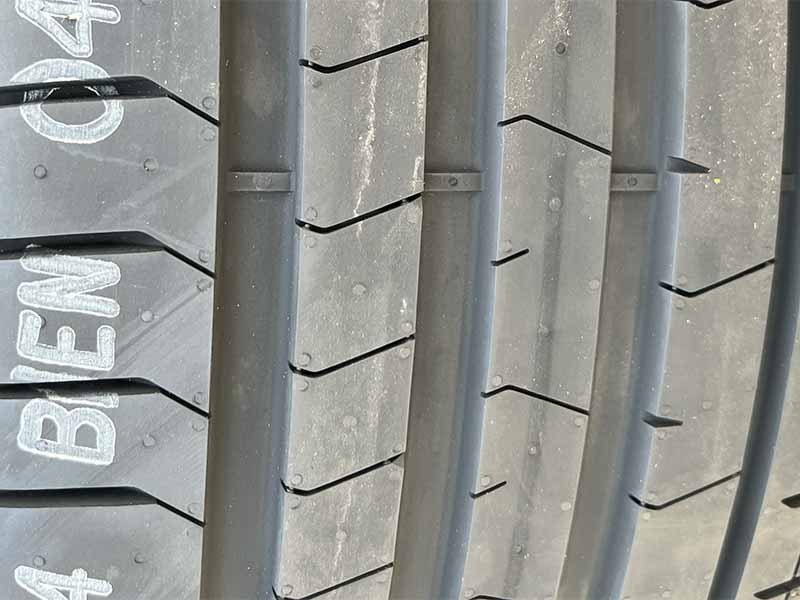
Penny Test
The penny test is a convenient method for checking if your tires need to be replaced.
- If Lincoln’s entire head is exposed when you place a penny upside down in the deepest tread groove, it’s time for new tires.
- If part of Lincoln’s head is obscured but you can still see all of his forehead, you should replace your tires soon.
- If Lincoln’s forehead is partially or completely obscured, your tire still has enough tread depth to continue using.
Tire Age
Tire age and damage are also reasons your tires may need to be replaced. Tires shouldn’t be used once they are over six years old due to dry rot. When tires dry rot the rubber compounds become brittle. This means the tires can’t flex as they should, but they can also have a catastrophic blowout.
You can find out the age of your tires by checking the Date Code on the sidewall.
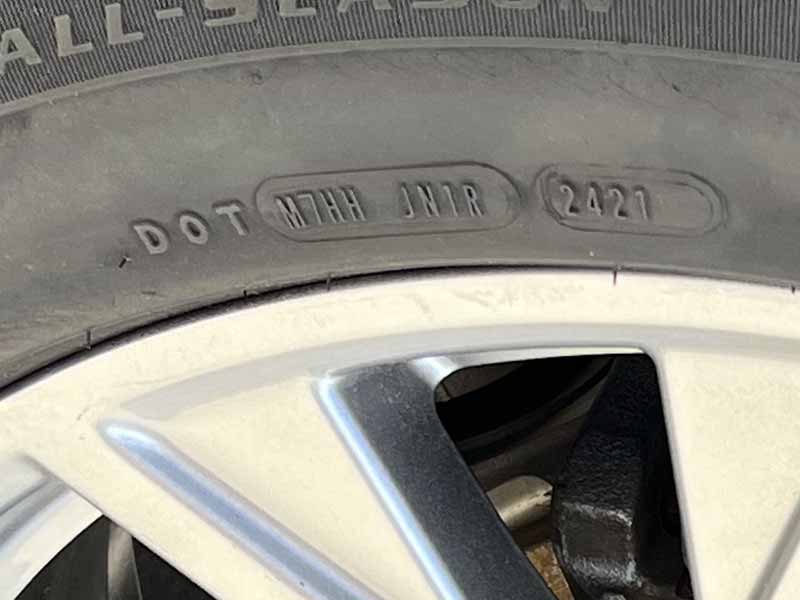
Tire Damage
Visible damage may also be a cause to replace your tires. Sidewall bulges or exposed belts or cords are unsafe. Cosmetic damage should be inspected by a tire professional to ensure that it is safe for use.
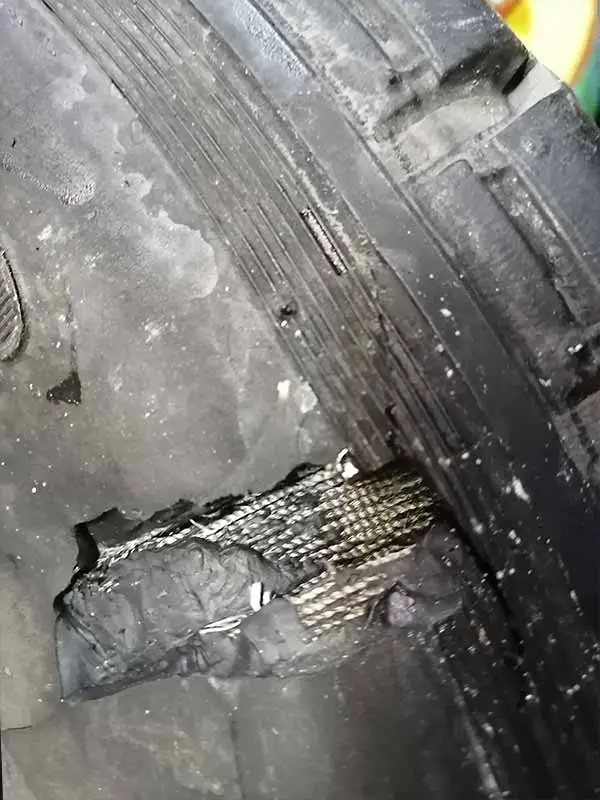
Resources
Below are some links you may find helpful when learning about tires
- Cheap vs expensive tires: What’s the difference? – Priority Tire
- Are expensive tires worth the price? – Motor Authority
Final Thoughts
Just because a tire is inexpensive doesn’t mean it isn’t a good value. Premium tires cost more because they do more things well, not just last longer.
If you’re not bothered too much by road noise if it’ll save you several hundred dollars, cheaper tires can be an excellent alternative.
Rely on the UTQG system to give you a rough idea of how long a tire will last and how well it will perform. If you can find reviews, they can help inform you as well.
You can also rely on the experience of the professionals at your local tire shop to guide you toward a good choice.
Good luck and happy motoring.
